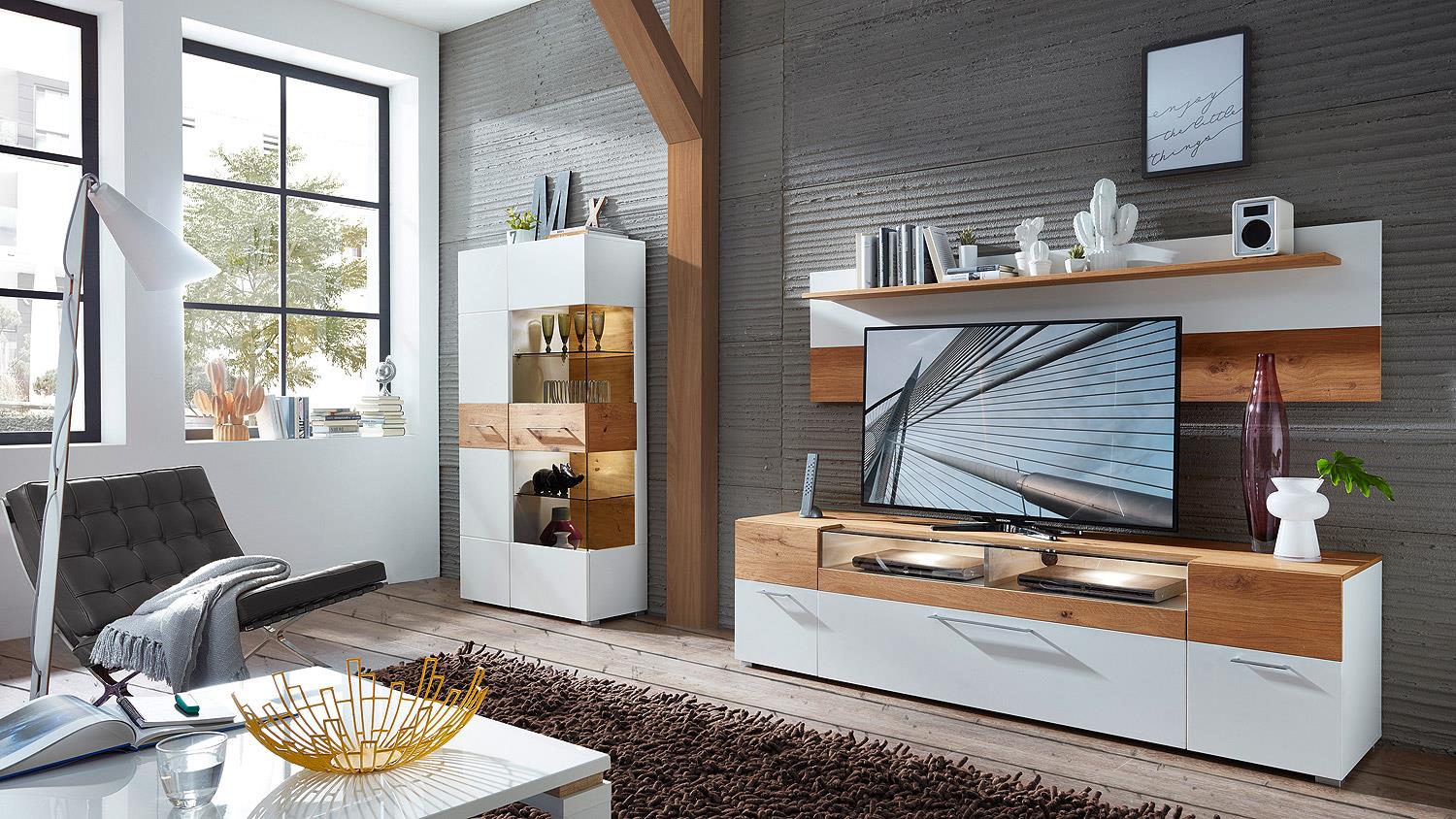wohnzimmer weiß matt

matthew weiss here — weiss-sound.com, theproaudiofiles.com/members,and mixing101.co. welcome to the ask weiss series, and today'squestion comes from daniel carol via youtube, and daniel asks, “hey, would you adviseusing different types of reverbs to create depth, like a room reverb with less decayfor drums, and perhaps a hall reverb with a long tail for pianos?â€daniel, that isan excellent question. it is an involved question, and i'm going to try to answer it the besti can. my answer is yes, i do recommend experimentingwith using different reverbs within a mix. it is an old school technique to use one reverb,and then have different amounts of sends to it, and then to couple that with delays inorder to create your mix.
it's a more new school technique to have multiplereverbs that perhaps have different settings, but produce a different sound so things havedifferent front to back depth, and it is a very modern idea to have lots of differentspatial components all working together in a mix, and this isn't modern strictly in thesense that it was never done in the past, it's just more common now. a lot of the times, when we're using reverb,we're not strictly using it just for the spatial properties, but we're using it also for thetone, the texture, and the rhythmic properties that it embeds into a song. so i'll give you a couple of examples of that.so here we have this record. it's something
i downloaded off the shaking through projectfrom weathervane that's curated by my friend, brian d. mctear. it's a great studio in philadelphia.if you ever get a chance to record at miner street, i love that place. this is the artist, tories, and her song isnew skin. so i just wanted to plug that real quick. [mix] so in this, we already have a drum room. therewas a couple of room mics put up. [room mics] but the snare still sort of comes off as alittle dry, so i want to couple that with
a reverb. a really common choice is to usesomething like a plate or a spring off of the snare, because the qualities of platesand springs are a little bit less defined in terms of where the room boundaries are,and things like that, because there are no room boundaries. so springs and plates tend to play reallynicely with other reverbs in general, so there's just less work on my end, but watch what happenswhen i put the snare plate in. [mix with snare plate] it's not really just affecting the perceiveddepth, it's also extending the duration of the snare, which gives it a rhythmic feel.so instead of this, “boom, boom, bah, boom,
boom, bah,†it's “boom, boom, paaaaaah,boom, boom, paaaaaah.â€so it connects those grooves, and for this style of song, i thinkthat that's really useful, and that's just the stock d-verb plug-in, by the way. whichactually, i really like for this kind of purpose. just the mono plate is really good for extendingthe length of a snare. i'm going to give you a couple of other examplesoff of this lead vocal, just to give you an idea of why i would choose one reverb overperhaps another, and maybe do something that isn't so global. so, in the bedding of the record, we have a senseof space, right? we do have multiple room captures that are up that kind of puts thewhole record into one room.
so one thing that i could do is i could tryand emulate the sound of that room using one of my own digital reverb processors, justsolo the room returns, solo the reverb return, and maybe try and eq it to match it. i've done that a couple of times in some videosbefore, but i can also just use some reverbs that perhaps provide a contrasting texturethat could be interesting. so for example, i will bring in my xl305 springreverb here. let's give that a listen. [mix, with xl305 reverb] so you hear how there's a little bit of accentinggoing on in the slightly rougher upper-mid quality from that reverb, and there's a littlebit of wobble. this is actually a very smooth
spring reverb. this is much smoother thanmost spring reverbs are. then there's kind of this open lower mid-range,and it provides a nice sense of texture to the vocal without being overwhelming, or icould use something like my bricasti, and i really like this london plate preset here. right. so that's a very smooth, very opensound, and so when i'm choosing these different reverbs, they're all creating slightly differenteffects that can complement the record in different ways, and so i would use my judgementto pick which one, or i could just take the plate reverb that was provided. [mix, plate reverb]
a little more resonant and a little less smooththan my spring, so of all of those, i do want a certain sense of texture going on, but idon't want it to be overwhelming the vocal, so i would probably go with my xl305 in thisparticular case. [mix, xl305 spring reverb] and they evoke slightly different things too.the m7 to me is evoking a slightly lonelier sound. it's a little bit more solemn to me.it's a little bit more distance. the spring is giving me a little bit moretexture and a little bit more energy. so it just ultimately depends on what i want, butthat is to answer your question, yes, experimenting with different types of reverbs on differentsources is absolutely something that i highly
encourage. so daniel, thank you so much again for thegreat question. if you or anyone you know has a question you'd like me to answer, feelfree to drop it in the comments section below, or post it up on theproaudiofiles.com facebookpage. don't forget to like this video and subscribe to this channel.i hope you learned something. until next time, guys.
0 Response to "wohnzimmer weiß matt"
Kommentar veröffentlichen